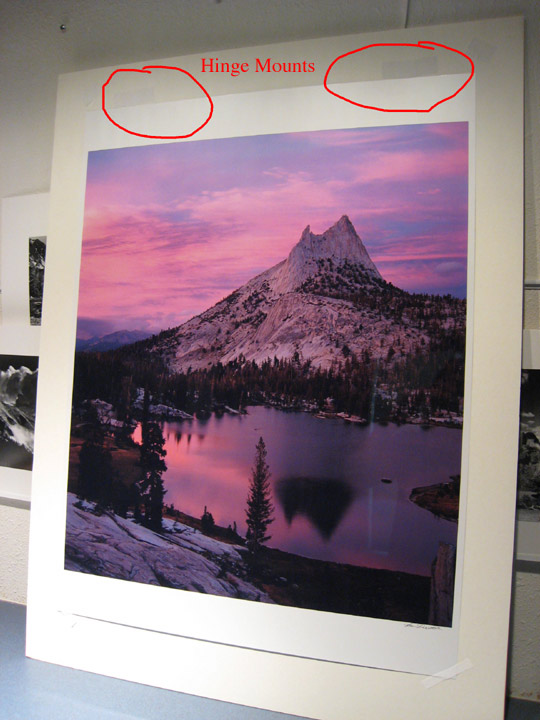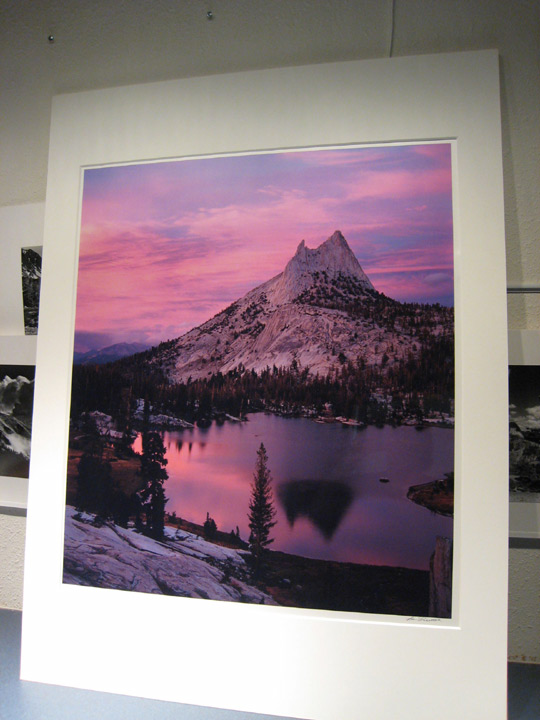I'm having some difficulty deciding what adhesive to use for mounting my fine art photography prints. All prints are 20"x30" and 16"x24" printed on Kodak Professional Endura metallic VC digital paper. The exhibition is my first and is set to be displayed in multiple venues. Forty-five images all limited edition prints (15 or less per image.)
On one hand I think I should use Bienfang BufferMount for preservation reasons. Some of the archival stuff I have read suggests not to dry mount. Specifically noted by one source "Prints in museum and archive collections should not be dry mounted. Likewise, valuable prints purchased by private collectors should not be dry mounted."
From this resource:
http://www.wilhelm-research.com/pdf/..._HiRes_v1a.pdf
So my question is for exhibition purposes is Bienfang buffermount the answer or the permanent Bienfang colormount?
And looking beyond exhibition purposes to print value/sales, archives, and collection which is suitable? I'm worried the buffermount might peal at the corners and/or not have a long lasting professionally smooth surface.
Additionally I am planning on stamping the images with a copyright stamp using Crown super marking ink. If I remember right it is an alcohol based ink intended for photographs. My concern now is if it will degrade the photograph over time. I've considered that instead of stamping the back of the print to stamp just the mounted surface - assuming I am using buffermount (non permanent mounting).
Ideally I'd like to stamp both the mounted surface and the back of the print and use buffermount to mount all my images (exhibition & sales). The fusion by Bienfang sounds like a pain and inappropriate for my purposes.
Any ideas are appreciated.




 Reply With Quote
Reply With Quote





Bookmarks